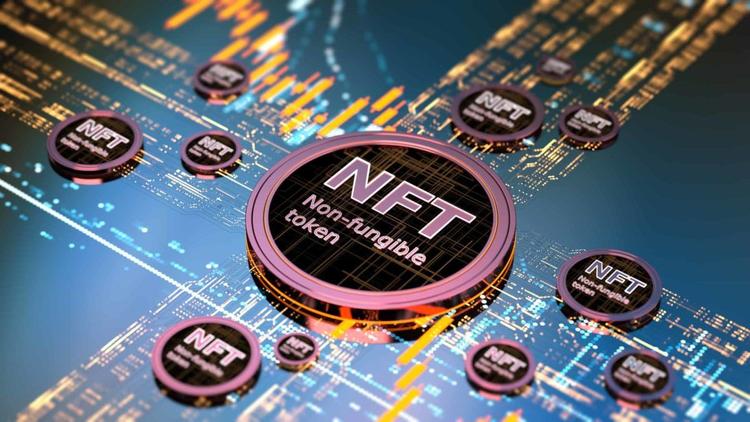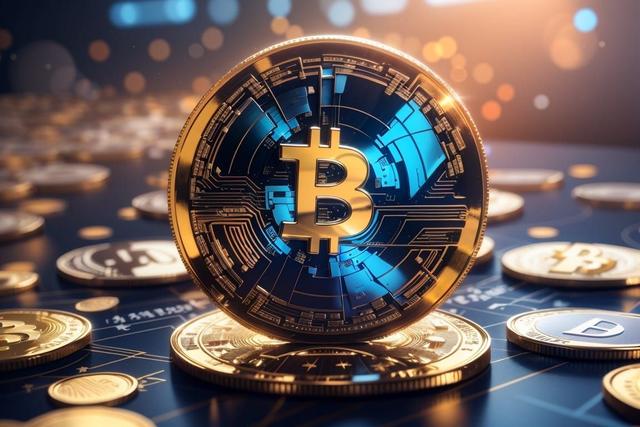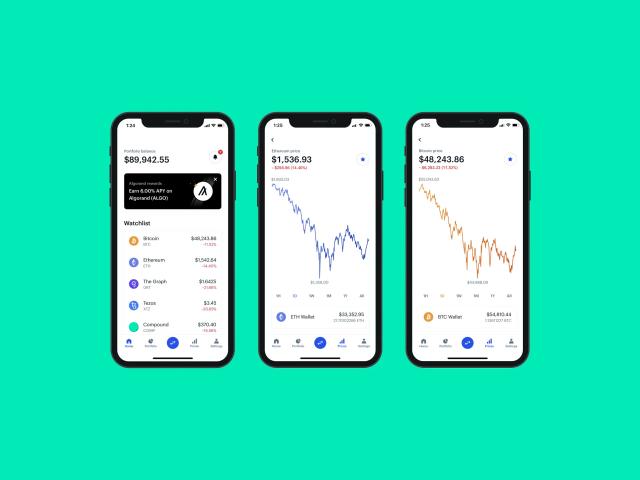
BEGINNER’S GUIDE
by: Towqeer gilkar

Non-Fungible Tokens (NFTs): A New Era of Digital Ownership
Non-Fungible Tokens (NFTs) have taken the digital world by storm, introducing a new era of digital ownership and asset management. NFTs represent a unique, indivisible token that proves ownership of a specific digital item or asset, often linked to art, music, videos, and other forms of creative work. This article explores what NFTs are, their impact on the digital landscape, and the opportunities and challenges they present.
What are NFTs?
NFTs are digital assets that represent real-world objects like art, music, in-game items, and videos. They are bought and sold online, frequently with cryptocurrency, and they are generally encoded with the same underlying software as many cryptos. Unlike cryptocurrencies such as Bitcoin or Ethereum, which are fungible and can be exchanged on a one-to-one basis, NFTs are unique and not interchangeable.
How Do NFTs Work?
NFTs exist on a blockchain, which is a distributed public ledger that records transactions. They are typically held on the Ethereum blockchain, although other blockchains support them as well. An NFT is created, or "minted" from digital objects, representing both tangible and intangible items, including:
- Art
- GIFs
- Videos and sports highlights
- Collectibles
- Virtual avatars and video game skins
- Music
The Impact of NFTs
Revolutionizing Digital Ownership and Art
- Proof of Ownership: NFTs provide a certificate of ownership of a digital object which is unique and cannot be replicated.
- New Revenue Streams for Artists: Artists can sell their work digitally to a global audience and receive more profits by eliminating intermediaries.
- Royalties: NFTs can be programmed to pay the original creator a percentage of sales whenever the asset is sold to a new owner.
Market Growth
- The NFT market has witnessed explosive growth, with millions of dollars being spent on these digital assets.
Opportunities Presented by NFTs
- Digital Collectibles: NFTs have opened a new avenue for collectors, offering a digital alternative to traditional collectibles like stamps or trading cards.
- Gaming: In video games, NFTs can represent in-game assets, which are controlled by the user instead of the game developer.
- Identity Verification: NFTs could potentially be used for identity verification in the digital realm.
Challenges and Criticisms
Environmental Concerns
- NFTs use the same blockchain technology as some energy-intensive cryptocurrencies, raising concerns about their environmental impact.
Market Volatility
- The NFT market is highly speculative and can be subject to significant price fluctuations.
Intellectual Property Issues
- There are complexities around intellectual property rights and the replication of digital art.
The Future of NFTs
The world of NFTs is still in its infancy, and its full potential is yet to be realized. As the technology matures and becomes more integrated into various sectors, it could lead to significant changes in how we view ownership and value in the digital realm.
Conclusion
NFTs represent a paradigm shift in the ownership and monetization of digital assets, offering a new form of digital ownership. They provide artists and creators with a unique way to monetize their work and have created a new market for collectors and investors. While they present significant opportunities, there are also challenges and criticisms that need to be addressed. The future of NFTs is uncertain but undoubtedly exciting, as they continue to reshape the landscape of digital art and ownership.
Related Blogs
Our great way to help make people keep working for us is to invest in their overall job satisfaction by providing them with the perks and benefits they want most.




